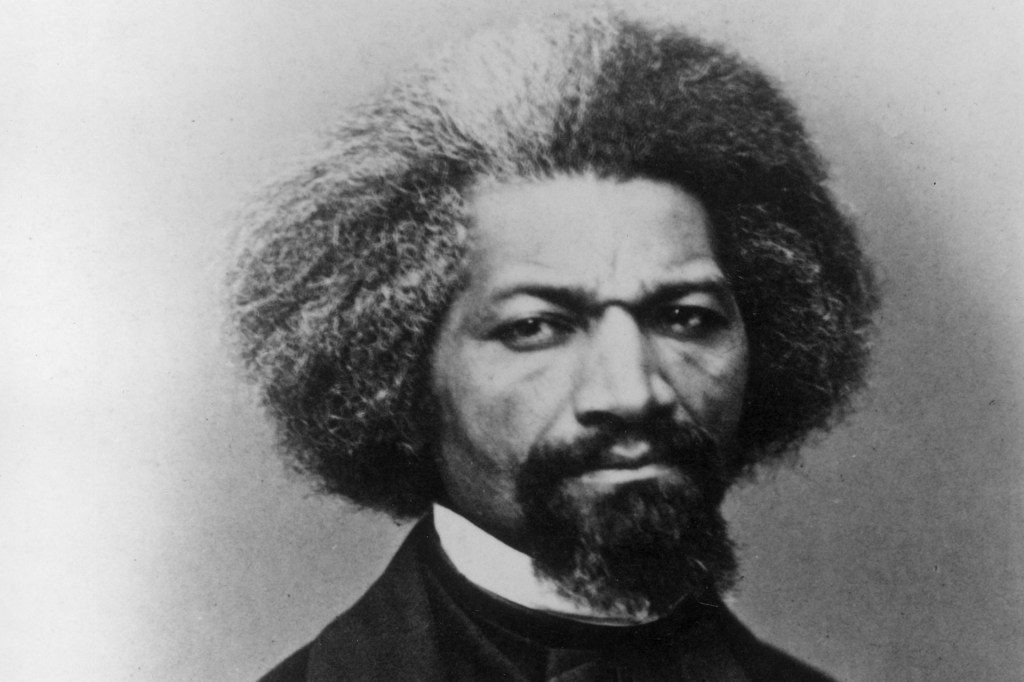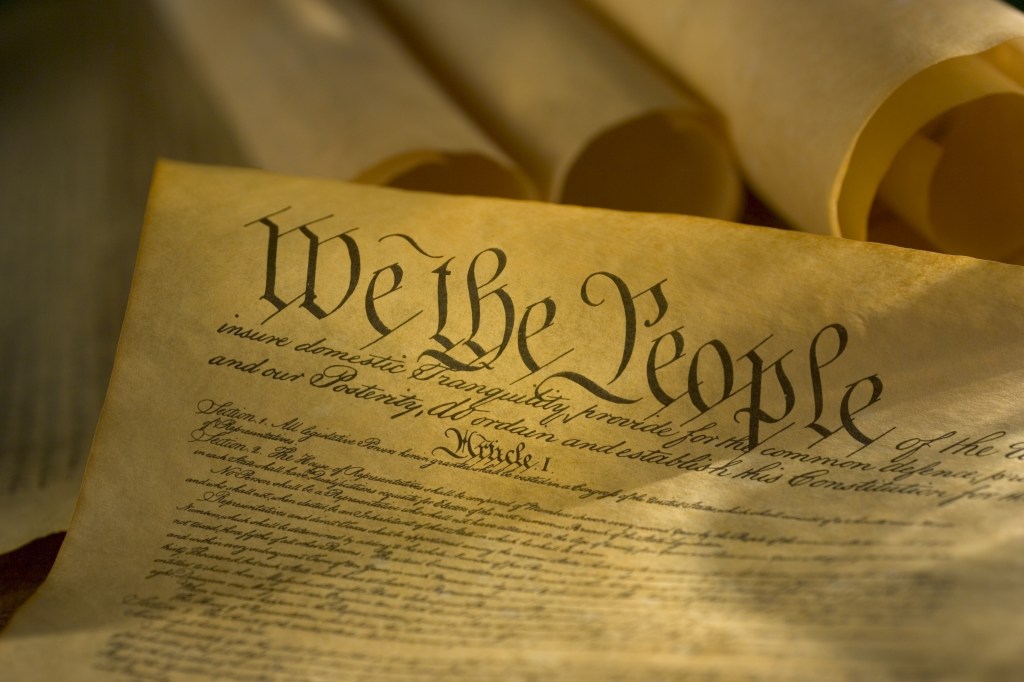Frederick Douglass

In the decades leading up to the Civil War, Frederick Douglass (February 1818—February 20, 1895) became the most powerful orator and writer of the abolitionist movement.
Frederick Douglass was born into slavery in Talbot County, Maryland, and raised by his grandmother, who was a slave. He was taken from her when he was a child and sent to Baltimore, Maryland. There, he worked as a servant in the household of shipbuilder Hugh Auld. Auld’s wife, Sophia, began teaching young Frederick to read and write. But she ended the lessons when her husband insisted she stop. It was against the law to teach a slave to read. A slave who could read would be curious and knowledgeable, Auld said, and therefore difficult to manage. But young Frederick found a way to keep learning. White friends secretly supplied him with books.
In time, Auld’s fears came true: Douglass became curious and knowledgeable. By the time Douglass was a teenager, he had developed strong antislavery ideas. He had also come to embrace
embrace
 ARIEL SKELLEY/GETTY IMAGES
to accept willingly or eagerly
(verb)
She embraced recycling after learning about how much plastic was ending up in the oceans.
the concept of equality enshrined
enshrined
ARIEL SKELLEY/GETTY IMAGES
to accept willingly or eagerly
(verb)
She embraced recycling after learning about how much plastic was ending up in the oceans.
the concept of equality enshrined
enshrined
 TETRA IMAGES/GETTY IMAGES
to officially record something in a document, such as an idea or a principle
(verb)
These basic human rights are enshrined in the Declaration of Independence.
in the Declaration of Independence. Eventually, he was sent back to the Maryland plantation where he was born. There, he gained a reputation for disobedience. This was partly because he was teaching other slaves how to read the Bible.
TETRA IMAGES/GETTY IMAGES
to officially record something in a document, such as an idea or a principle
(verb)
These basic human rights are enshrined in the Declaration of Independence.
in the Declaration of Independence. Eventually, he was sent back to the Maryland plantation where he was born. There, he gained a reputation for disobedience. This was partly because he was teaching other slaves how to read the Bible.
Before long, Douglass was sent to work for Edward Covey, a farmer known as a brutal “slave breaker.” Covey frequently whipped his slaves. In his autobiography, Douglass recounts his victory over Covey in hand-to-hand combat. Afterward, Covey never whipped Douglass again. Douglass tried to escape slavery twice without success. His third attempt was in 1838. He made it to New York City, using identification papers belonging to a black sailor. Douglass obtained the papers in Maryland from Anna Murray. She was a free black woman with whom he had fallen in love. Douglass and Murray reunited in New York and were married.

In the 1880s, Douglass held a series of positions in the U.S. government, including ambassadorships to Haiti and the Dominican Republic.
MPI/GETTY IMAGESThe Abolitionist
The couple settled in New Bedford, Massachusetts, in a community of free black people. They joined a black church and began attending abolitionist
abolitionist
 SHIRONOSOV/GETTY IMAGES
someone who supported the abolition of slavery in the 19th century
(noun)
The abolitionist hoped to convince others to oppose slavery.
meetings. Douglass’s accounts of life under slavery attracted the attention of William Lloyd Garrison. He was the editor of the abolitionist newspaper The Liberator. Garrison encouraged Douglass to write about his experiences. The result was Narrative of the Life of Frederick Douglass, An American Slave. The book was published in 1845. It became a best-seller and a powerful testimony for the antislavery cause. It was the first of the three autobiographies Douglass would publish.
SHIRONOSOV/GETTY IMAGES
someone who supported the abolition of slavery in the 19th century
(noun)
The abolitionist hoped to convince others to oppose slavery.
meetings. Douglass’s accounts of life under slavery attracted the attention of William Lloyd Garrison. He was the editor of the abolitionist newspaper The Liberator. Garrison encouraged Douglass to write about his experiences. The result was Narrative of the Life of Frederick Douglass, An American Slave. The book was published in 1845. It became a best-seller and a powerful testimony for the antislavery cause. It was the first of the three autobiographies Douglass would publish.
Fame made Douglass a target for slave catchers. So he traveled to Britain, where he embarked on a speaking tour to rouse British opposition to slavery in the U.S. He returned to the U.S. in 1847, after his supporters raised the money needed to buy his freedom. In Rochester, New York, he started an antislavery newspaper called The North Star. In 1848, he spoke at the women’s-rights conference in Seneca Falls, New York, where he met civil rights advocate Elizabeth Cady Stanton.
Power and Influence
During the Civil War, 1861–1865, Douglass successfully appealed to President Abraham Lincoln to allow black men to join the Union Army. Two of his sons, Charles and Lewis, were among the first to enroll in the 54th Massachusetts Infantry. After the war, Douglass used his fame to the promote the passage of the 14th and 15th Amendments, which gave all American men equal rights, including the right to vote. The 13th Amendment, passed in 1865, had abolished slavery.
After the war, Douglass held high-ranking positions in the U.S. government. These included the directorship of the Freedmen’s Bank and ambassadorships to the Dominican Republic and Haiti. Until the end of his life, he spoke out against racial inequality. Douglass died in 1895, in Washington, D.C., after attending a meeting for the National Council of Women. Thousands of mourners attended his funeral.











